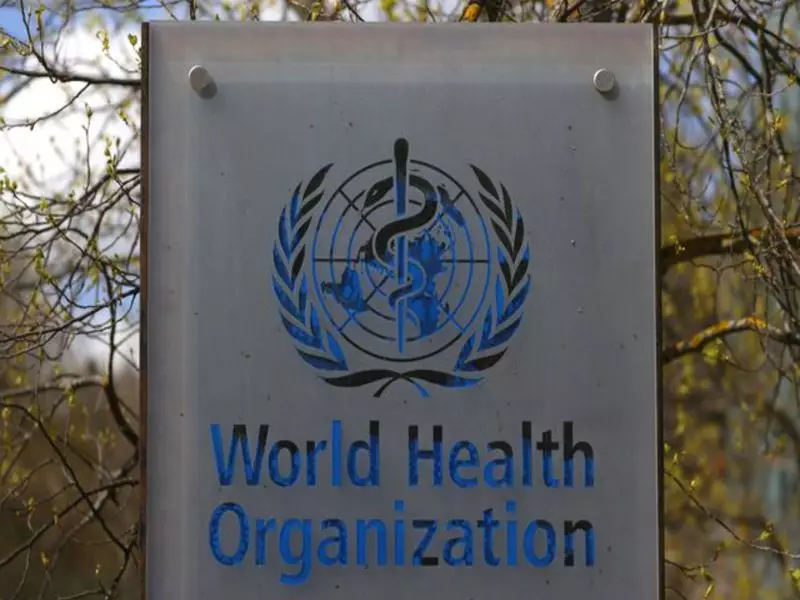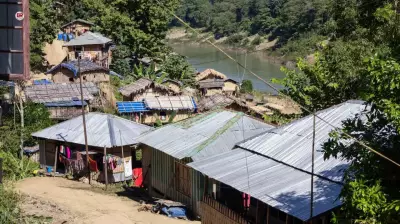
A disturbing report from the World Health Organization has uncovered a hidden epidemic of violence affecting millions of Indian women. The comprehensive study reveals that nearly one-third of women in India have experienced physical or sexual violence from their intimate partners.
The Alarming Statistics Behind Intimate Partner Violence
According to the WHO findings, 30% of Indian women between 15 and 49 years have faced intimate partner violence. This staggering figure translates to millions of women across the country living with the trauma of abuse within their own homes. The report specifically highlights that this violence includes both physical and sexual abuse from current or former husbands and partners.
The data reveals that intimate partner violence represents the most common form of violence against women globally. In India, the problem persists across urban and rural areas, cutting through various socioeconomic backgrounds. The normalization of such violence in many communities makes it particularly challenging to address effectively.
Broader Implications for Women's Health and Society
The consequences of this widespread violence extend far beyond immediate physical injuries. Women who experience intimate partner violence face severe health repercussions, including increased risk of mental health disorders, reproductive health problems, and chronic physical conditions. The trauma often affects their ability to work, parent effectively, and participate fully in society.
Research shows that women subjected to such violence are more likely to develop depression, anxiety disorders, and post-traumatic stress disorder. They also face higher risks of unintended pregnancies, abortions, and gynecological problems. The intergenerational impact cannot be overlooked, as children who witness domestic violence often experience lasting psychological effects.
Addressing the Silent Crisis: Prevention and Support Systems
The WHO report emphasizes the urgent need for comprehensive strategies to prevent intimate partner violence and support survivors. Effective interventions must include legal reforms, healthcare responses, and community education programs. Healthcare providers need training to identify signs of abuse and provide appropriate referrals to support services.
Community awareness campaigns challenging harmful gender norms and promoting healthy relationships are crucial for prevention. The report also stresses the importance of economic empowerment programs for women, as financial dependence often prevents victims from leaving abusive relationships. Strengthening legal protections and ensuring their effective implementation remains a critical component of addressing this crisis.
As the data reveals the scale of intimate partner violence in India, it becomes clear that coordinated efforts from government agencies, healthcare providers, civil society organizations, and communities are essential to create meaningful change and ensure safety for all women.





